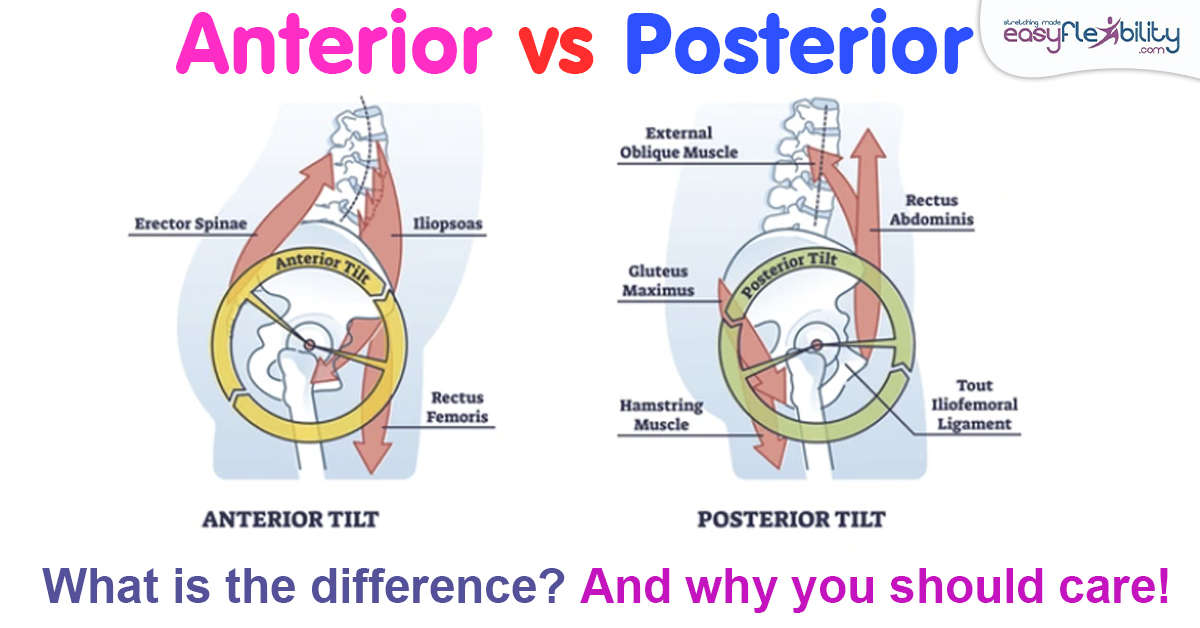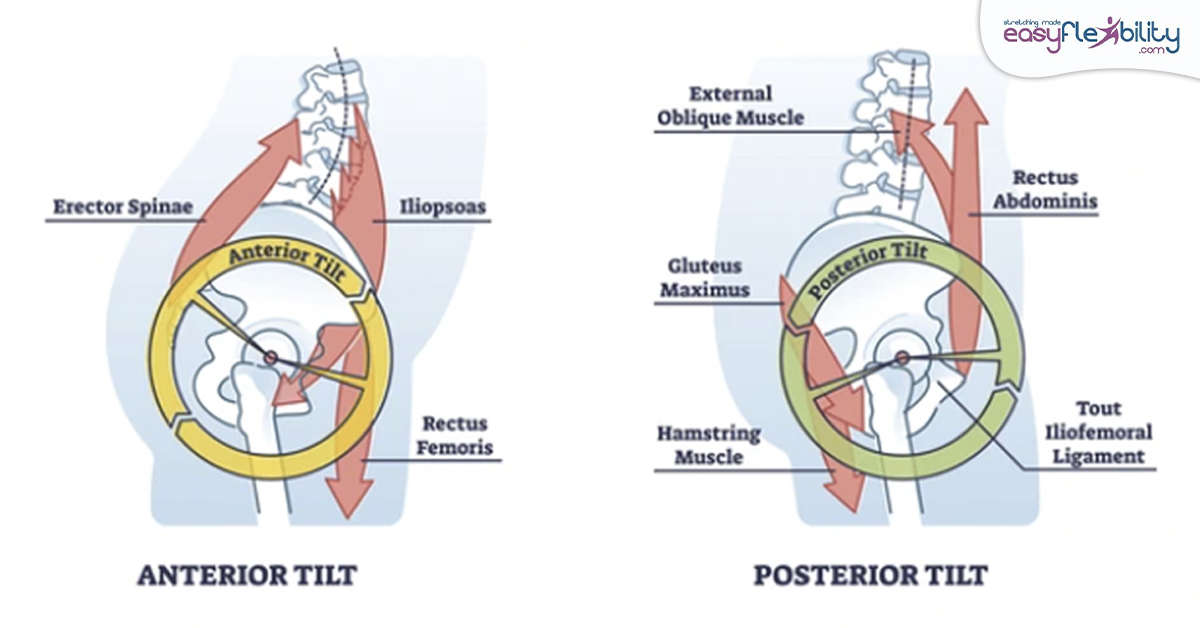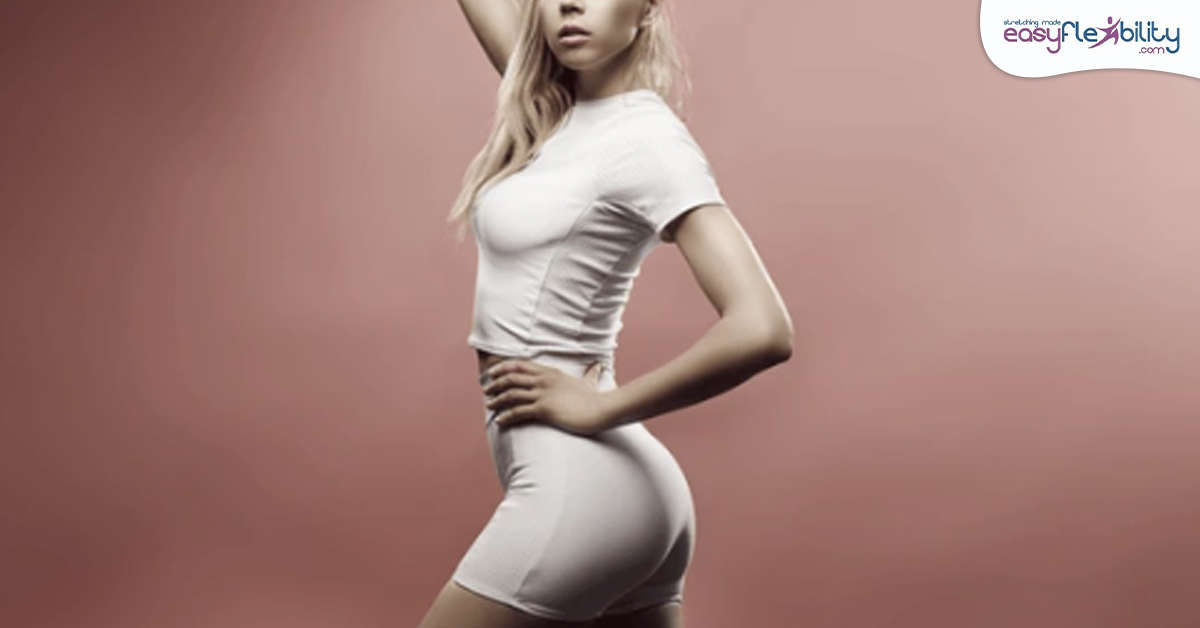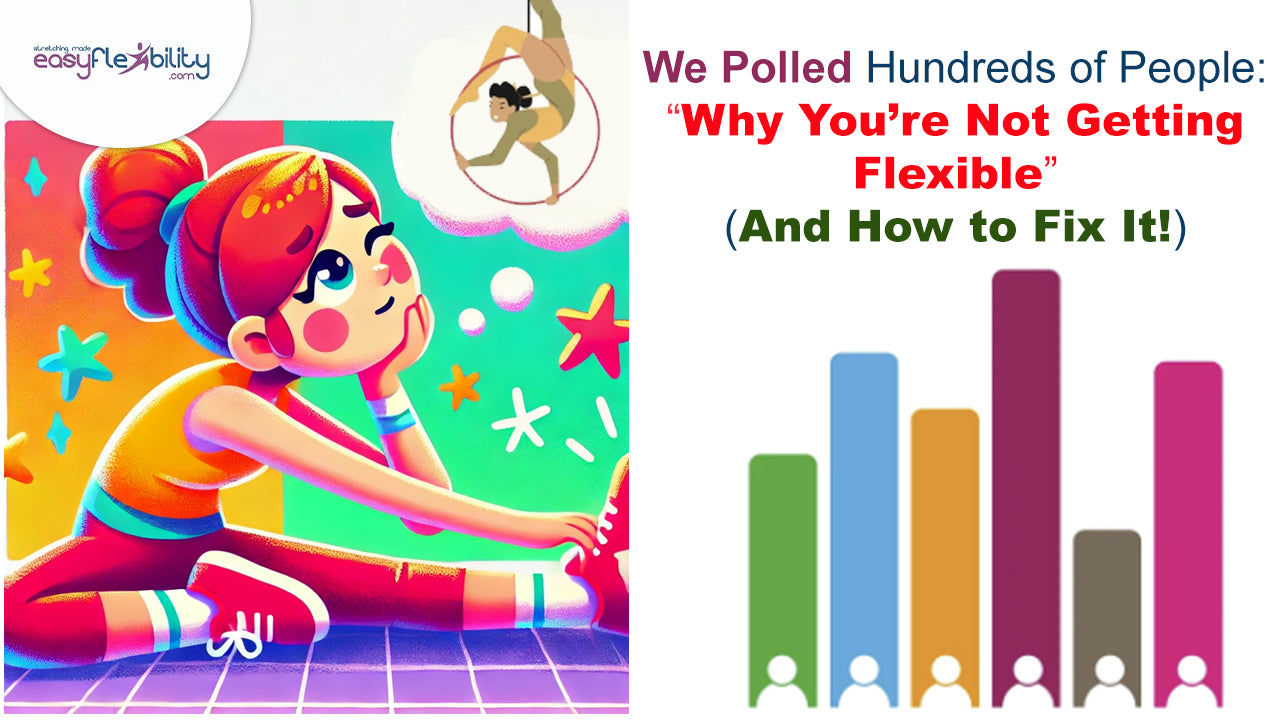Anterior vs. Posterior Pelvic Tilt: Key Insights & Benefits
Posted by Paul Zaichik on
Exploring Pelvic Tilt: Anterior vs. Posterior Differences and Innovative Uses of the Posterior Pelvic Tilt Program - Why It Matters to You!

When I was in college, we were taught that the pelvis should be in a neutral position, where it’s not completely tilted forward and not completely tilted back. This will prevent injury and promote optimal athletic performance.
In line with that type of thinking we were taught that people with exaggerated anterior tilt or exaggerated lordosis, where there is a huge curve in the lower back, should seek to minimize that curve.
People with flat lower back with no curve, or even with a curve backward, which is a posterior pelvic tilt where the pelvic bone is not pointing backward but tucked under, should seek to increase their lordosis or work on their anterior pelvic tilt. Indeed, this is what most people do.
In line with that type of thinking we were taught that people with exaggerated anterior tilt or exaggerated lordosis, where there is a huge curve in the lower back, should seek to minimize that curve.
People with flat lower back with no curve, or even with a curve backward, which is a posterior pelvic tilt where the pelvic bone is not pointing backward but tucked under, should seek to increase their lordosis or work on their anterior pelvic tilt. Indeed, this is what most people do.

What is the difference between anterior and posterior
pelvic tilt?
pelvic tilt?
There's a little bit of confusion about the difference between anterior and posterior pelvic tilt for beginners. So, let’s examine the difference.
The anterior pelvic tilt is where the top of the pelvis is tilted forward. And the posterior pelvic tilt is where the top of the pelvis is tilted backward.
The anterior pelvic tilt is where the top of the pelvis is tilted forward. And the posterior pelvic tilt is where the top of the pelvis is tilted backward.
In an anterior pelvic tilt there are:
- Tight lower back muscles
- Tight hip flexors
- Weak hamstrings
- Weak flexors of the core
In a posterior pelvic tilt where the tailbone is tucked under too much, there is:
- Tightness of the hamstrings
- Tightness of the abdominal muscles
- Weakness or inactivity of the hip flexors
- Weakness or inactivity of the low back muscles
Hence, if you are looking at our Anterior Pelvic Tilt program and Posterior Pelvic Tilt program and are unsure of which one is right for you: The Anterior Pelvic Tilt program is for people that have anterior pelvic tilt and want to make the back a little bit straighter. And the Posterior Pelvic Tilt program is for people that have a posterior pelvic tilt and want to increase the curve in their lower back.
Transform Your Posture: Say Goodbye to the 'No Butt Syndrome' and Hello to a Stronger, Curvier Lower Back!
Our program revitalizes your figure by restoring the natural curve of your lower back, reducing stress and danger during everyday activities like squatting and lifting. With Zaichik Stretching and unique posture strengthening, not only will your back thank you, but you'll also see your butt reappear, stronger and more defined than ever!"
Why would some people want to intentionally accentuate
their pelvic tilt?
their pelvic tilt?
Some individuals are not looking to neutralize their tilt, in fact they are looking to make it even more pronounced. They already possess an anterior pelvic tilt but aim to further exaggerate it. Instead of reducing it, they seek to amplify the curvature in their back, making it even more pronounced. Why is that? There are many reasons, and I will give you the top three.

#1: Side Split with Toes pointed forward:
For instance, if you're aiming to perform a side split while keeping your toes pointed forward. You can rotate your hips forward only so much before they don't go, and yet your feet are not flat on the floor.
So, hyperextending your lower back allows you to do a side split or back split with your toes forward and not up. And people that are looking to do this type of split often use our Posterior Pelvic Tilt Correction program to exaggerate a curve in their lower back.
So, hyperextending your lower back allows you to do a side split or back split with your toes forward and not up. And people that are looking to do this type of split often use our Posterior Pelvic Tilt Correction program to exaggerate a curve in their lower back.

#2: Enhanced Glutes (Bigger Butt)
Next, we have people that want to exaggerate a curve in their lower back because it makes it looks like the glutes are larger making it look more attractive for their purpose. For example, someone who is modeling specific clothes, or a pole dancer in certain positions who wants to have exaggerated lordosis. Many times, people who are looking to enhance their glutes use our Posterior Pelvic Tilt Correction program for this purpose.

#3: Athletes aiming to enhance their sprinting performance.
And finally, athletes. We had several sprinters who contacted us. They were not sure if the Anterior Pelvic Tilt program or the Posterior Pelvic Tilt program is the one that will exaggerate their lower back curve. The reason being, is because their coaches told them that they'll have more power and be more explosive in their sprint when they have a larger anterior pelvic tilt. After working with our Posterior Pelvic Tilt Correction program they have found that indeed their sprint has improved.
These are just some examples of the off label uses for this program. Again, our program will help you to increase your anterior tilt if you have a posterior tilt. You can use it to get your lower back curve a little bit bigger. Or you can use it to get your lower back curve a lot bigger.
These are just some examples of the off label uses for this program. Again, our program will help you to increase your anterior tilt if you have a posterior tilt. You can use it to get your lower back curve a little bit bigger. Or you can use it to get your lower back curve a lot bigger.
If you are still unsure and need help in choosing the right program for your particular situation, please feel free to contact us by clicking here. We would be happy to assist you in finding the perfect program for your strength and flexibility needs.

About the Author:
Paul Zaichik is an Exercise Science Expert, author of multitude of books, and the creator of Zaichik Stretching Technique (formely known as Kinesiological Stretching Technique). His speciality is flexibility training as well as body weight conditioning. His innovative method is designed to have maximum carry over into specific athletic techniques. Paul is the author of books and DVD’s on the topic of flexibility, martial arts and bodyweight training. Over the years, Paul Zaichik has worked with a variety of individuals including athletes, entertainers, and military personnel. His ElasticSteel Method of Athletic Conditioning programs, EasyFlexibility Programs and Zaichik Stretching Techniques are used world wide by both professional and amateurs with great success.
Share this post
0 comment







